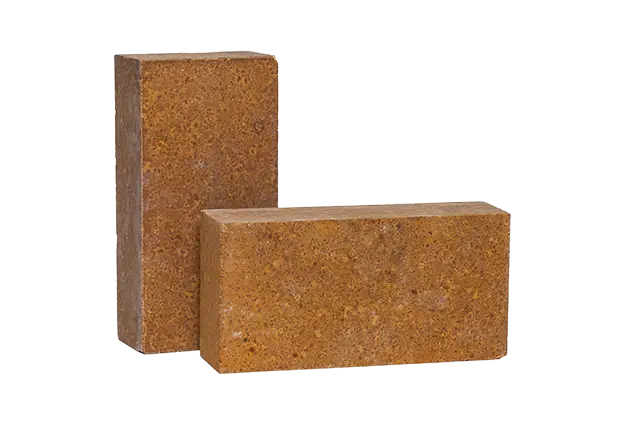Refractory materials play a crucial role in industries that involve high-temperature processes, such as metallurgy, cement, glass, and ceramics. Among various refractory products, magnesia refractory bricks have emerged as a vital component due to their exceptional properties and innovative advancements. These bricks are primarily composed of magnesite and exhibit remarkable thermal stability, mechanical strength, and resistance to corrosive environments.
One of the significant technical advancements in the production of magnesia refractory bricks involves the use of advanced processing techniques. Innovations such as controlled sintering and the introduction of various additives have led to improved microstructural integrity and performance. By optimizing the manufacturing process, manufacturers are able to enhance the thermal conductivity and resistance to thermal shock, which are critical for applications in high-temperature environments.
Moreover, new binding agents and formulations have been developed that not only improve the durability of magnesia bricks but also make them more eco-friendly, addressing rising environmental concerns. This shift towards sustainable practices in the production chain enhances the overall appeal of magnesia refractory bricks in a market that increasingly values sustainability.
The competitive advantage of magnesia refractory bricks lies in their superior performance characteristics compared to alternative materials. For instance, their high melting point and low thermal expansion make them particularly effective in extreme conditions, where other refractory materials may fail. This reliability establishes magnesia bricks as a preferred choice for industries that demand durability and high performance.
Furthermore, the versatility of magnesia bricks allows them to be tailored for specific applications. By adjusting their chemical composition and manufacturing processes, producers can create products that meet the precise needs of various industries, enhancing market competitiveness.
The differentiation of magnesia refractory bricks in the marketplace is not solely based on their technical specifications but also on branding and customer engagement strategies. As companies find innovative ways to communicate their value propositions, the perception of magnesia refractory bricks as a premium product increases. This premium positioning, coupled with superior product performance, contributes to a solid competitive edge.
In conclusion, the evolution of magnesia refractory bricks through technical innovation, ecological considerations, and strategic differentiation is redefining their competitive landscape. As industries continue to seek high-performance and sustainable materials, magnesia refractory bricks are poised to play an increasingly prominent role in high-temperature applications, thoroughly showcasing their unique advantages in the modern market.

